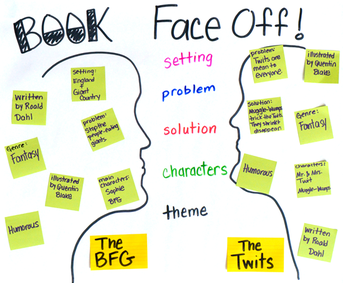AuthorMaggie Kay Hall-Librarian, Mother, Life-Long-Learner and Literacy Advocate |
Back to Blog
Young Adult Vs. Adult Literature4/24/2018 Based on readings, young adult literature should reflect the reader’s age and developmental levels while addressing their interests and reading comprehension abilities. The content usually includes contemporary conflicts and experiences with characters to whom younger students can relate. Young adult literature also considers contemporary world views including gender social cultural, and social diversity. Issues dealing with politics and environmental issues might also be included with literature for adolescents worded in terms easy for the younger reader to fully comprehend. With adult literature, there is a lot more room for gray area, complex character development, complicated plot lines, mature life situations, and the length of the text can go on and on.
0 Comments
Read More
Leave a Reply. |
Maggie Hall, BBA, M.Ed., ILS
 RSS Feed
RSS Feed

